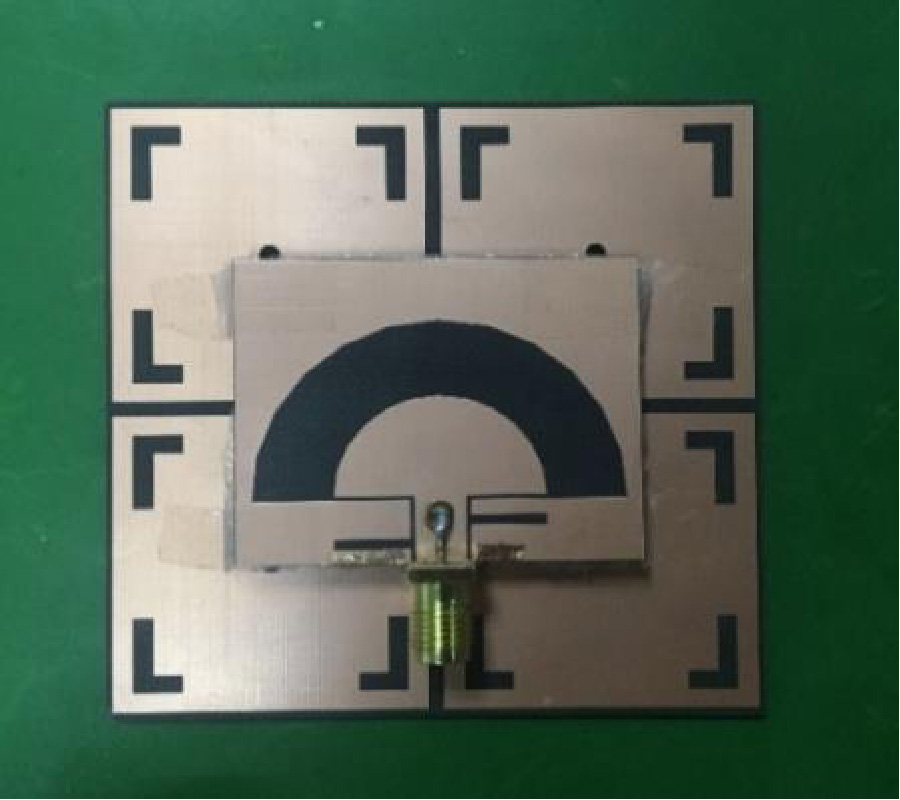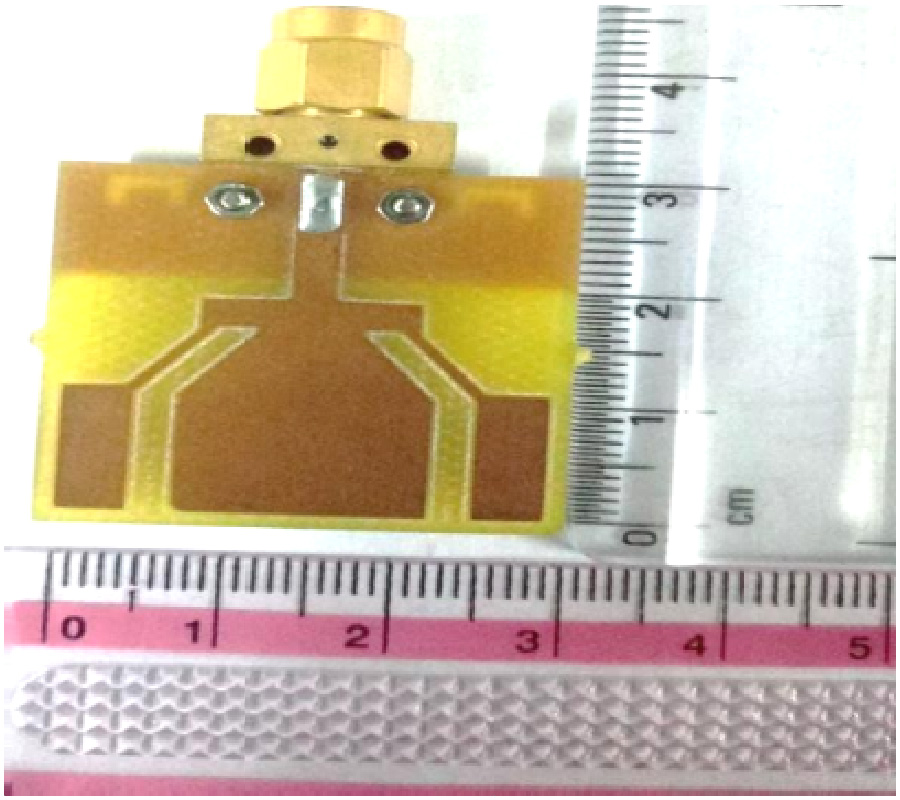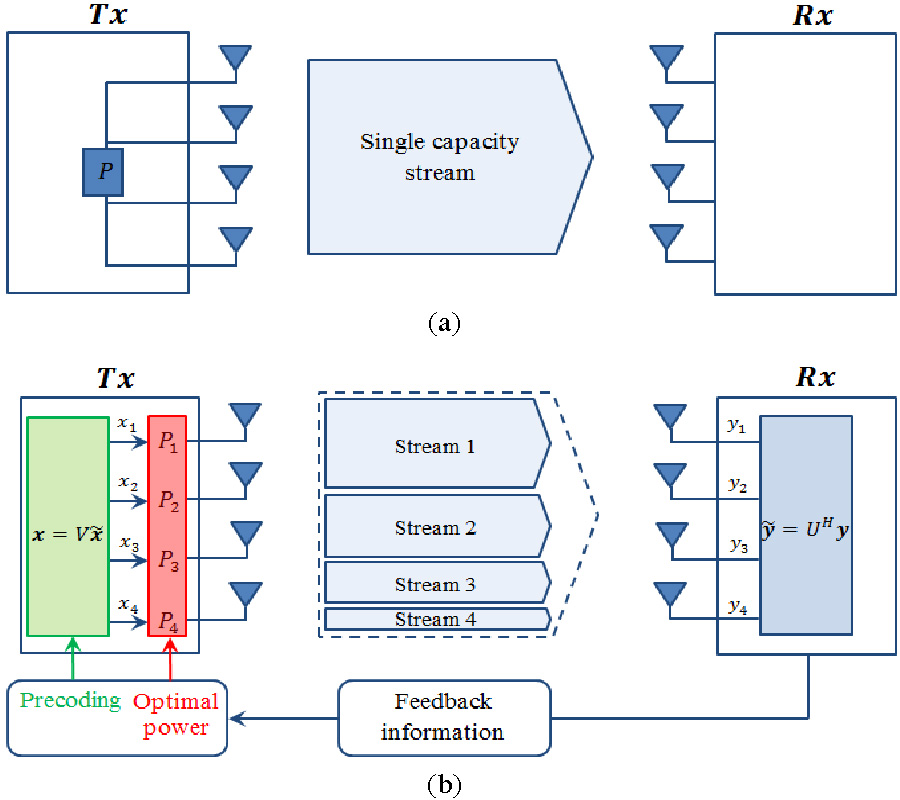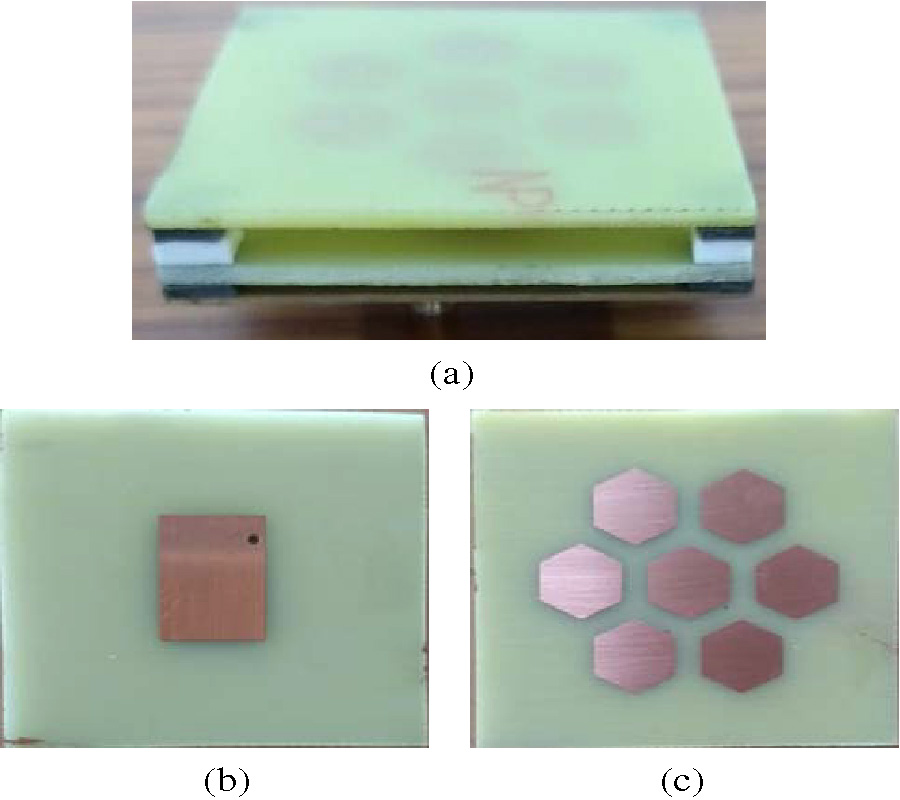A Hepta-Band Metal-Rimmed Antenna Without Lumped Elements for Smartphone Application
Peng Wang and
Quanyuan Feng
As seen from this article, a novel hepta-band metal-rimmed antenna is proposed. The volume of the proposed antenna is small, and no lumped elements are used. The proposed metal-rimmed antenna is competitive for modern mobile application. The illustrated antenna could be divided into several parts: main ground plane, metal rim, two L-shaped ground slots sharing one open end, an L-shaped branch extended from right edge of main ground, a microstrip feedline located at the top surface of the substrate, a meandered branch located at the back side of the substrate, and a 2mm slot located at the middle of the metal rim's top edge. For lower band, GSM850 and GSM 900 are provided by two bezel loop modes generated through capacitive coupling of feedline. For upper band, DCS, PCS, UMTS, LTE2300, and LTE2500 are covered by multiple modes of two L-shaped slots, a meandered strip and feedline. With the proposed structure, the volume of the proposed antenna could be further reduced. All the mentioned operating bands are achieved in a small area of 620 mm2 on a 115x70 mm2 system board. Note that the proposed antenna has achieved such a small volume on a relatively small system board without any lumped elements. The rest of this paper will describe the antenna configuration, the analysis of working principle, parametric analysis, and the experimental results are also given and discussed.



















